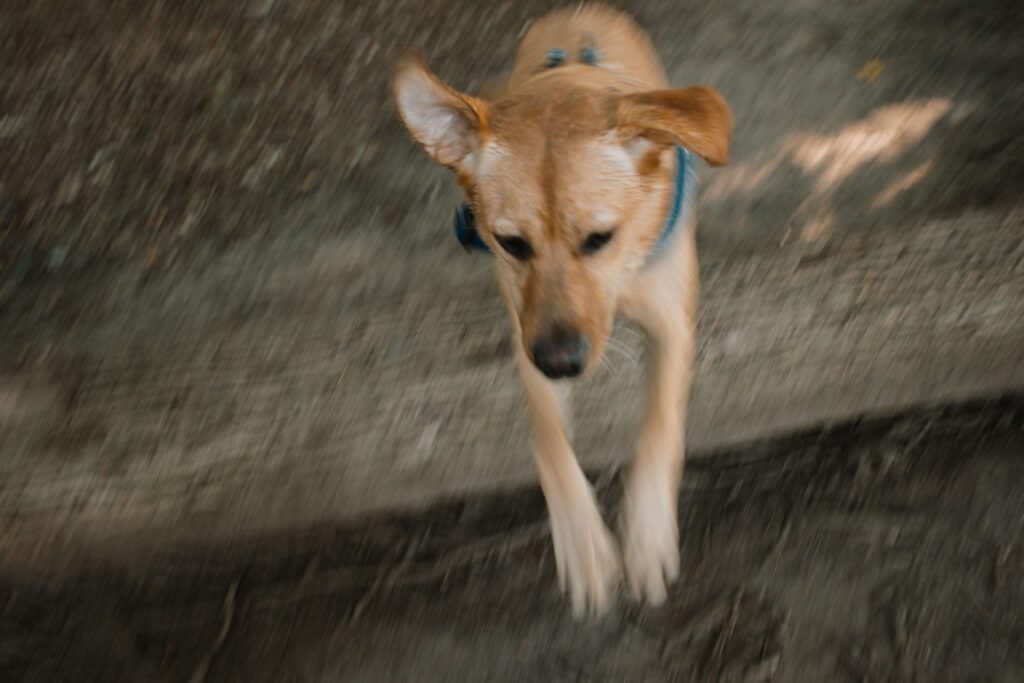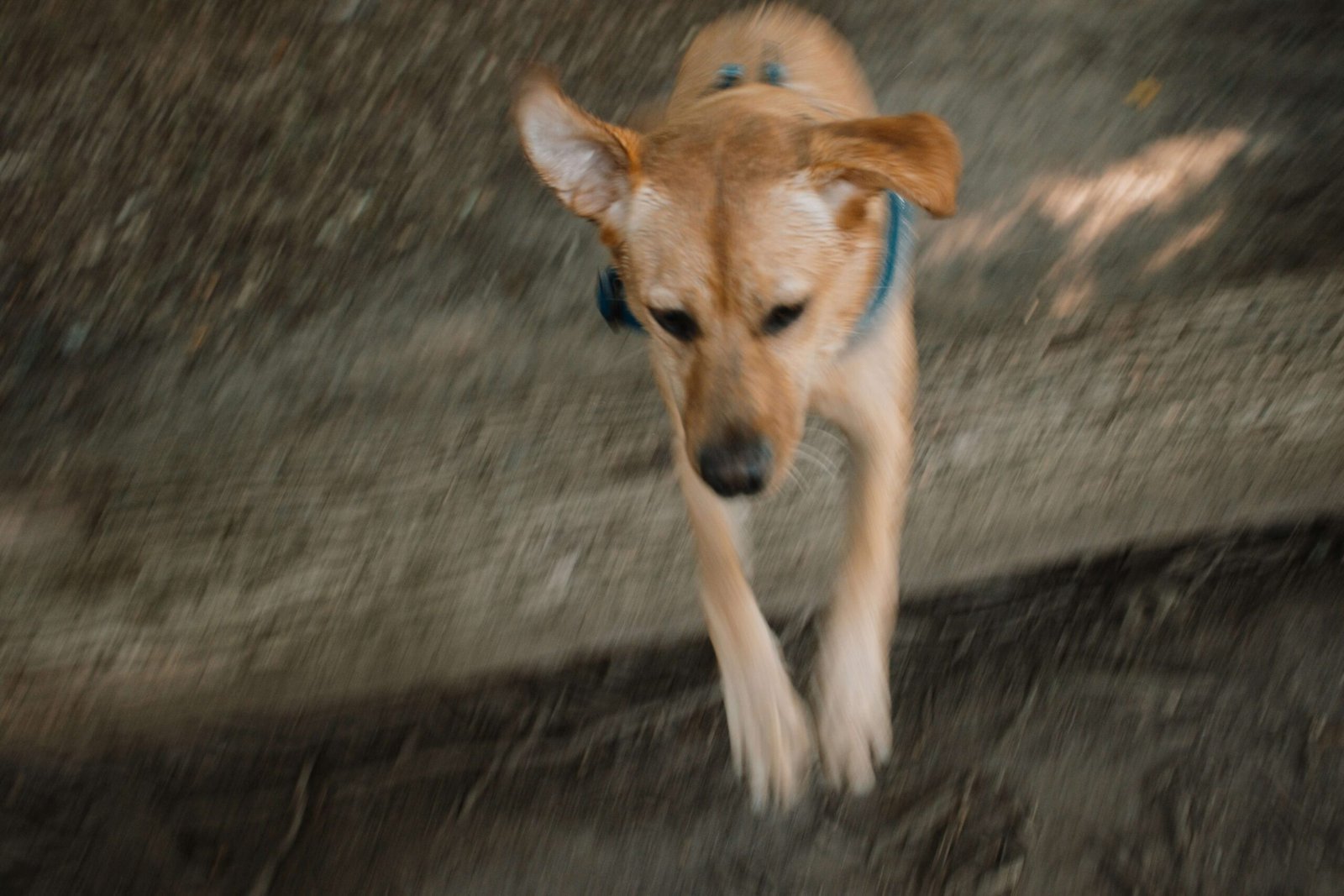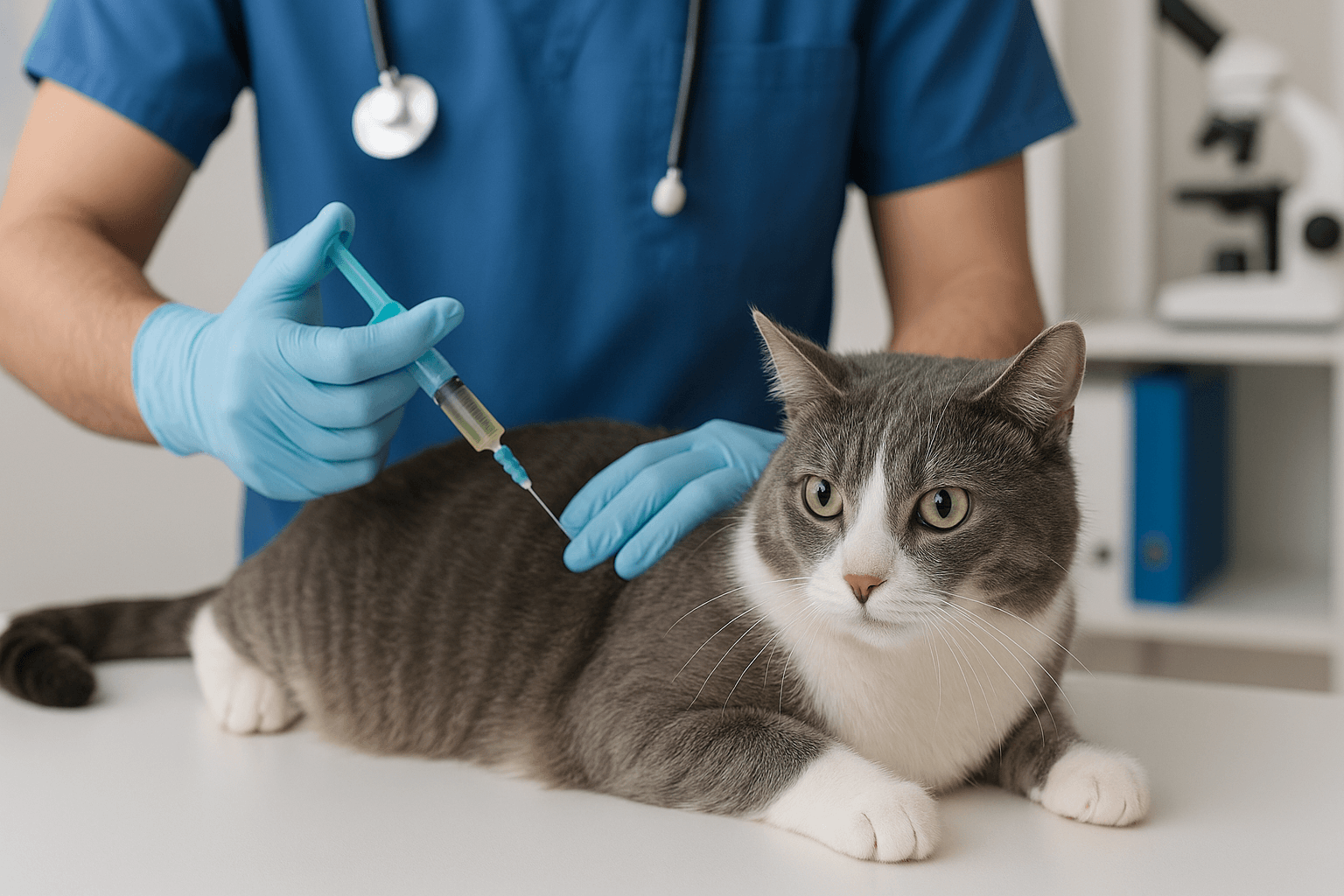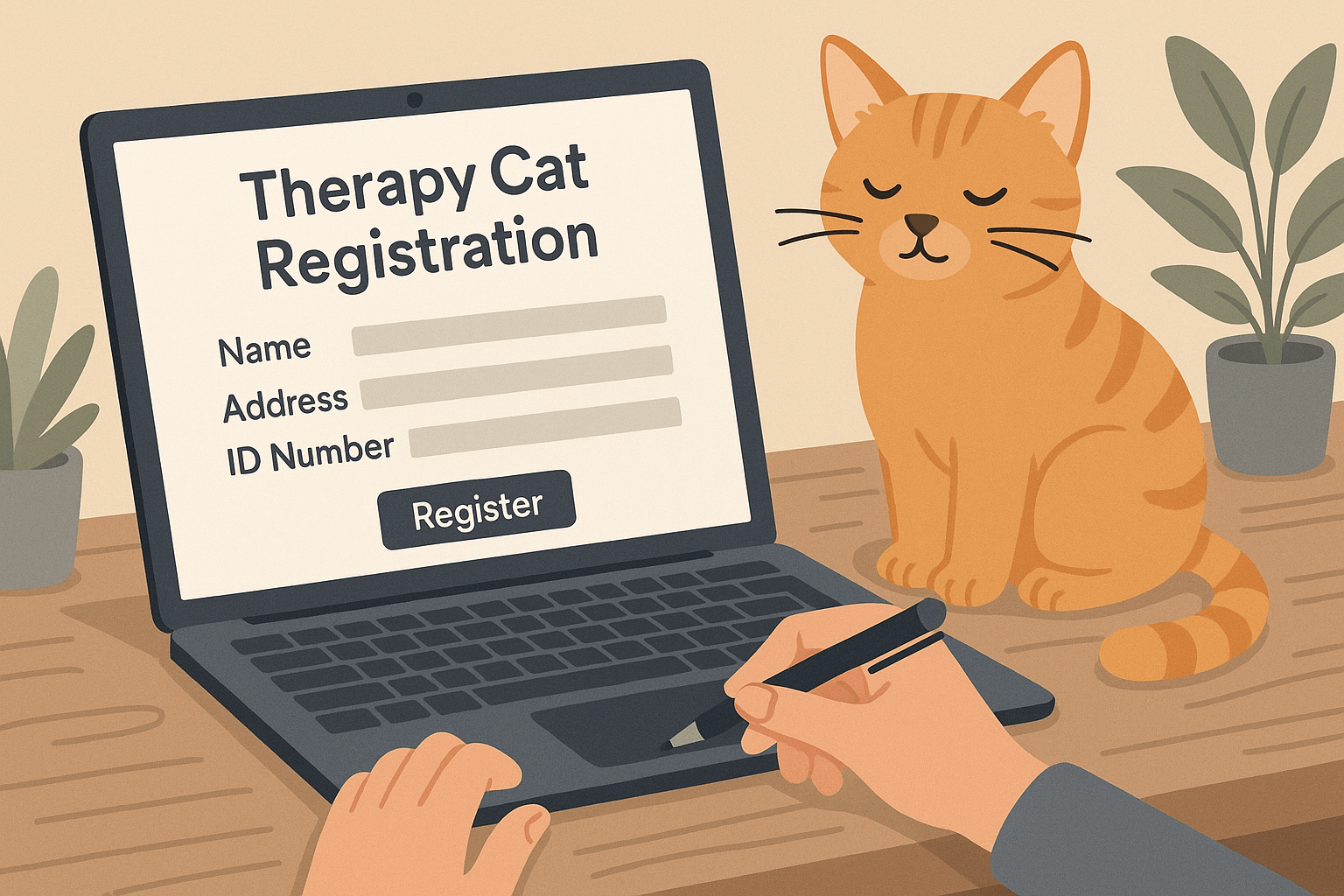Why Is Your Dogs Nose Dripping? Understanding the Causes and Solutions
A dog’s nose is often a window into their health. Many pet owners have experienced that moment of concern when they notice their furry friend’s nose dripping. While it might seem alarming at first, a dripping nose in dogs can be caused by a variety of factors—some harmless and others requiring attention. Whether you’re a new dog owner or a seasoned pet parent, understanding why this happens and what you can do about it is crucial for ensuring your dog’s well-being. In this blog post, we’ll explore the reasons behind a dripping dog nose, how to identify potential problems, and practical steps to address them. Let’s dive in!
Common Reasons for a Dripping Dog Nose
A dripping nose in dogs isn’t always a sign of illness. Sometimes, it’s just part of their natural behavior or environment. Below are some common causes to consider:
Environmental Factors
Dogs are curious creatures who love to explore their surroundings. Dust, pollen, or strong odors can irritate their nasal passages, leading to a runny nose.Temperature Changes
Cold weather or sudden shifts in temperature can cause a dog’s nose to drip temporarily. This is similar to how humans might experience a runny nose in chilly conditions.Allergies
Just like humans, dogs can suffer from allergies. Common allergens include food, plants, cleaning products, or even flea bites.Excitement or Physical Activity
When dogs get overly excited or engage in vigorous play, their noses may drip as a result of increased blood flow and nasal secretions.Foreign Objects
Sometimes, small objects like grass seeds or dirt can get lodged in a dog’s nasal passage, causing irritation and excessive discharge.
Understanding these potential triggers can help you determine whether your dog’s dripping nose is a normal reaction or something more serious. If the issue persists, it’s always wise to consult a veterinarian.
Signs That Your Dog’s Dripping Nose Could Be Serious
While many cases of a dripping nose are harmless, there are certain signs that indicate an underlying health issue. Keep an eye out for the following symptoms:
Discolored Discharge
Clear discharge is usually normal, but yellow, green, or bloody mucus could signal an infection or other medical condition.Sneezing Fits
Frequent sneezing accompanied by a runny nose may suggest the presence of an irritant or a respiratory infection.Lethargy or Loss of Appetite
If your dog seems unusually tired or refuses to eat, it could be a sign that their body is fighting off an illness.Pawing at the Nose
This behavior often indicates discomfort or pain, possibly due to an injury or foreign object.Swelling Around the Nose
Any visible swelling or deformity around the nasal area should be checked by a vet immediately.
By recognizing these warning signs early, you can take proactive steps to ensure your dog receives the care they need. Remember, your veterinarian is your best resource for diagnosing and treating any health concerns.
Check this guide 👉The Curious Case of Dog Nose Peeling: Best 7 Expert Tips!
Check this guide 👉Top 5 Best Dog Nose Balms for Ultimate Snout Protection!
Check this guide 👉Why Your Dog Has a Runny Nose with Green Mucus: Best 7 Tips

Symptoms to Watch For | Possible Causes |
|---|---|
Clear, watery discharge | Normal response to excitement |
Yellow or green mucus | Bacterial or viral infection |
Bloody discharge | Injury or severe infection |
Frequent sneezing | Allergies or foreign object |
Swollen nasal area | Trauma or tumor |
How to Care for Your Dog’s Dripping Nose at Home
If your dog’s dripping nose seems mild and not accompanied by other concerning symptoms, there are several things you can do at home to provide comfort and support:
Keep Their Environment Clean
Regularly clean your home to reduce dust, mold, and other potential irritants that could affect your dog’s nasal health.Use a Humidifier
Dry air can irritate a dog’s nasal passages. Using a humidifier, especially during winter months, can help keep their nose moist and comfortable.Monitor Their Diet
Ensure your dog is eating a balanced diet free from known allergens. Food sensitivities can sometimes manifest as nasal issues.Check for Foreign Objects
Gently inspect your dog’s nose for any visible debris. If you suspect something is stuck, avoid trying to remove it yourself and seek professional help.Provide Plenty of Water
Staying hydrated supports overall health, including respiratory function. Make sure your dog has access to fresh water at all times.
These simple measures can make a big difference in managing your dog’s nasal health. However, if the problem worsens or doesn’t improve, don’t hesitate to reach out to your vet.
Preventive Measures to Keep Your Dog’s Nose Healthy
Prevention is always better than cure. By taking a few proactive steps, you can minimize the chances of your dog experiencing a dripping nose:
Regular Vet Check-Ups
Routine visits to the vet can help catch potential health issues before they become serious.Limit Exposure to Irritants
Avoid exposing your dog to cigarette smoke, strong perfumes, or chemical cleaners that could irritate their nasal passages.Maintain a Stress-Free Environment
Stress can weaken a dog’s immune system, making them more susceptible to infections. Provide plenty of mental stimulation and exercise.Vaccinate Against Respiratory Diseases
Some respiratory illnesses can cause nasal discharge. Keeping your dog up-to-date on vaccinations can prevent these diseases.Observe Seasonal Changes
Be mindful of seasonal allergies or weather changes that might affect your dog’s nasal health. Adjust their routine accordingly.
Taking these preventive measures will go a long way in keeping your dog happy and healthy. A little extra care can save you and your pup a lot of trouble down the line.
How to Identify Allergies in Dogs Through Nasal Symptoms
Nasal discharge can often be a telltale sign of allergies in dogs. Identifying these symptoms early can help you manage your dog’s condition effectively. Here are some key indicators:
Frequent Sneezing
Dogs with allergies may sneeze more often than usual, especially after being exposed to potential allergens like pollen or dust.Itchy Eyes and Nose
If your dog is constantly pawing at their face or rubbing it against surfaces, it could indicate nasal or eye irritation caused by allergies.Seasonal Patterns
Allergy-related nasal issues often follow a seasonal pattern, worsening during specific times of the year when allergens are more prevalent.Skin Irritation
Nasal allergies can sometimes be accompanied by skin problems, such as redness or itching around the face and paws.Behavioral Changes
Dogs with allergies might become restless or exhibit signs of discomfort, such as excessive licking or chewing.
By paying attention to these signs, you can better determine whether your dog’s dripping nose is allergy-related and take appropriate action. Always consult your vet for a proper diagnosis and treatment plan.
Home Remedies to Soothe Your Dog’s Nasal Discomfort
While professional veterinary care is essential for serious conditions, there are several home remedies that can provide relief for mild nasal issues. Consider these options:
Saline Solution
A gentle saline spray can help clear out irritants and soothe irritated nasal passages. Make sure to use a pet-safe product.Warm Compress
Applying a warm, damp cloth to your dog’s nose can help reduce inflammation and provide comfort.Coconut Oil
A small amount of organic coconut oil applied to the outside of your dog’s nose can moisturize dry skin and prevent cracking.Probiotics
Adding probiotics to your dog’s diet can support their immune system and potentially reduce allergic reactions.Herbal Teas
Certain herbal teas, like chamomile, can have calming effects when cooled and used as a rinse for your dog’s nose area.
These remedies can offer temporary relief, but they should never replace professional advice. If your dog’s symptoms persist, seek veterinary guidance.
When to Seek Immediate Veterinary Attention for a Dripping Nose
Knowing when to act quickly can make all the difference in your dog’s health. Some nasal symptoms require immediate attention from a veterinarian. Here’s what to watch for:
Difficulty Breathing
Labored breathing or wheezing alongside a dripping nose could indicate a blockage or respiratory issue.Persistent Bleeding
If your dog’s nose continues to drip blood for more than a few minutes, it could signify trauma or an underlying medical condition.Fever or Chills
A high body temperature or shivering may suggest an infection that needs urgent treatment.Unusual Odor
Foul-smelling nasal discharge can be a sign of a sinus infection or dental issue affecting the nasal cavity.Sudden Behavioral Changes
If your dog becomes unusually aggressive, withdrawn, or disoriented, it could indicate pain or neurological involvement.
Recognizing these red flags early can save your dog from unnecessary suffering. When in doubt, always err on the side of caution and contact your vet promptly.
FAQ
Is it normal for a dog’s nose to drip occasionally?
Yes, occasional dripping can be normal, especially after exercise or exposure to irritants. However, persistent dripping should be evaluated by a vet.
Can allergies cause a dog’s nose to drip?
Absolutely. Allergies to food, pollen, or household items can lead to nasal discharge in dogs.
What does it mean if my dog’s nose is dripping blood?
Bloody discharge could indicate an injury, infection, or a more serious condition. Contact your vet immediately.
How can I tell if my dog’s dripping nose is a sign of illness?
Look for additional symptoms like lethargy, loss of appetite, or discolored mucus. These could point to an underlying issue.
Should I clean my dog’s nose if it’s dripping?
Gently wiping their nose with a soft cloth is fine, but avoid using harsh chemicals or attempting to clean inside the nostrils.
Final Thoughts: Staying Vigilant for Your Dog’s Health
A dripping nose in dogs can range from a minor inconvenience to a sign of something more serious. As a responsible pet owner, staying informed and observant is key to ensuring your dog’s well-being. By understanding the potential causes, recognizing warning signs, and taking preventive measures, you can provide the best possible care for your furry companion. Remember, when in doubt, always consult your veterinarian—they’re your ultimate ally in keeping your dog healthy and happy. After all, a happy dog means a happy home!
Is the Rubber Tree Cat Safe? Best 7 Expert Tips! Discover expert advice on keeping rubber plants safely in cat-friendly homes and learn top tips for pet-safe plant care.
Low Red Blood Cell Count in Cats: Best 7 Expert Tips! Discover causes, symptoms, and treatment options for feline anemia. Learn how to support your cat’s health effectively with expert advice.
Understanding Megacolon Treatment: Best 7 Expert Tips! Discover effective strategies to manage feline megacolon, from dietary changes to surgical options, ensuring your cat’s comfort and long-term health.
How to Register a Therapy Cat: Best 7 Expert Tips! Discover essential steps to certify your cat as a therapy animal, prepare them for training, and make a meaningful impact in therapeutic settings.





